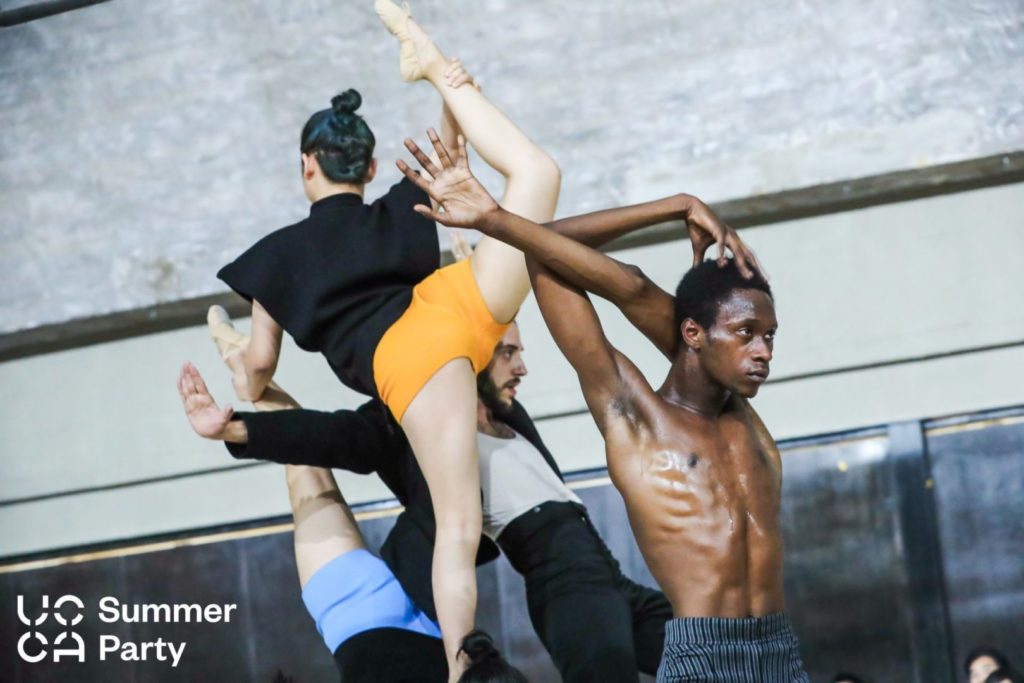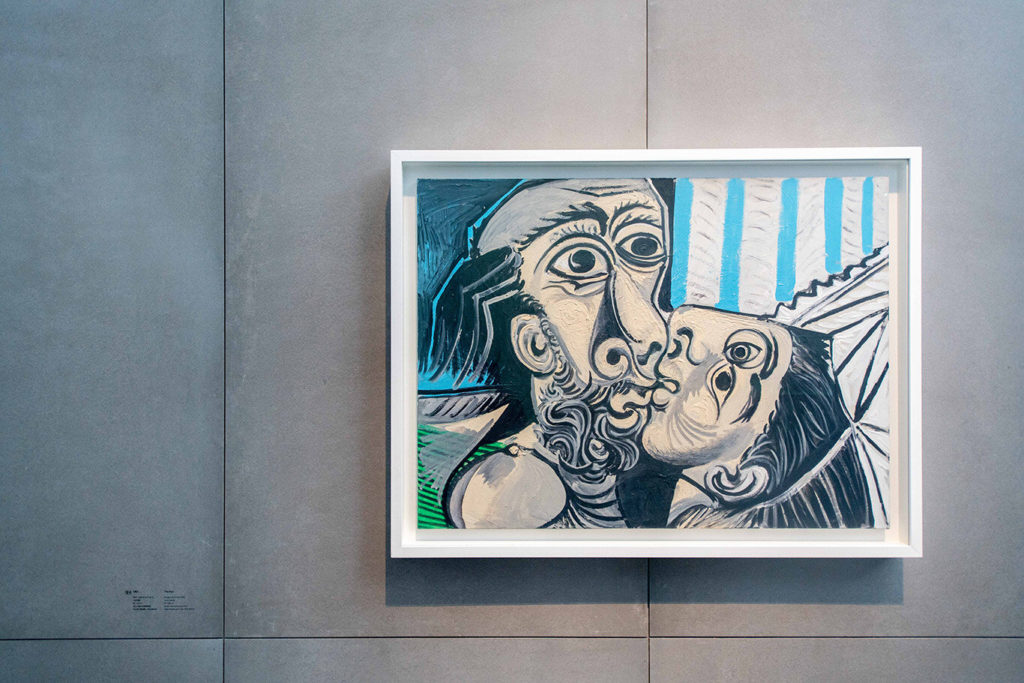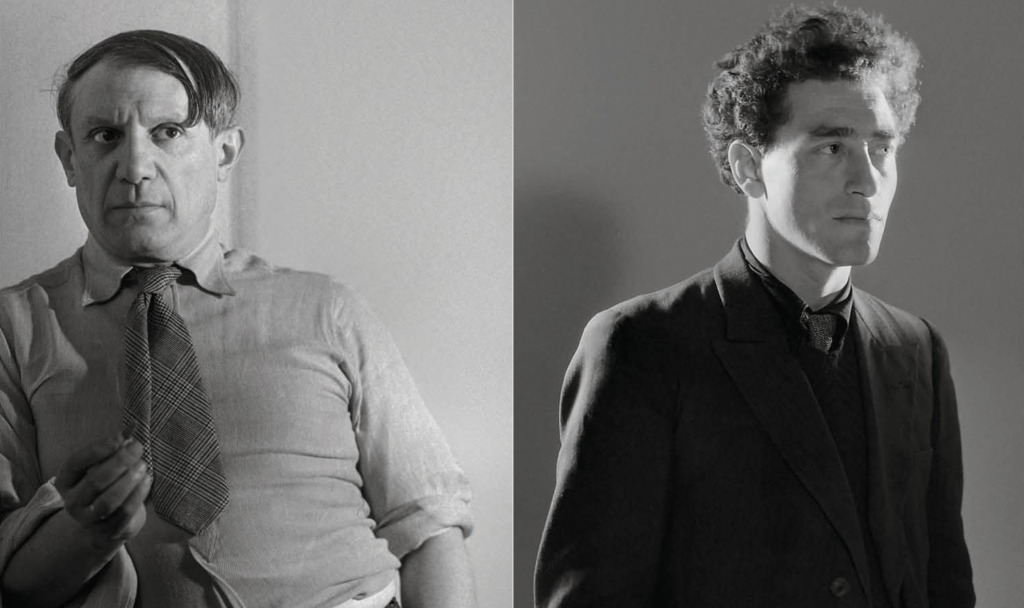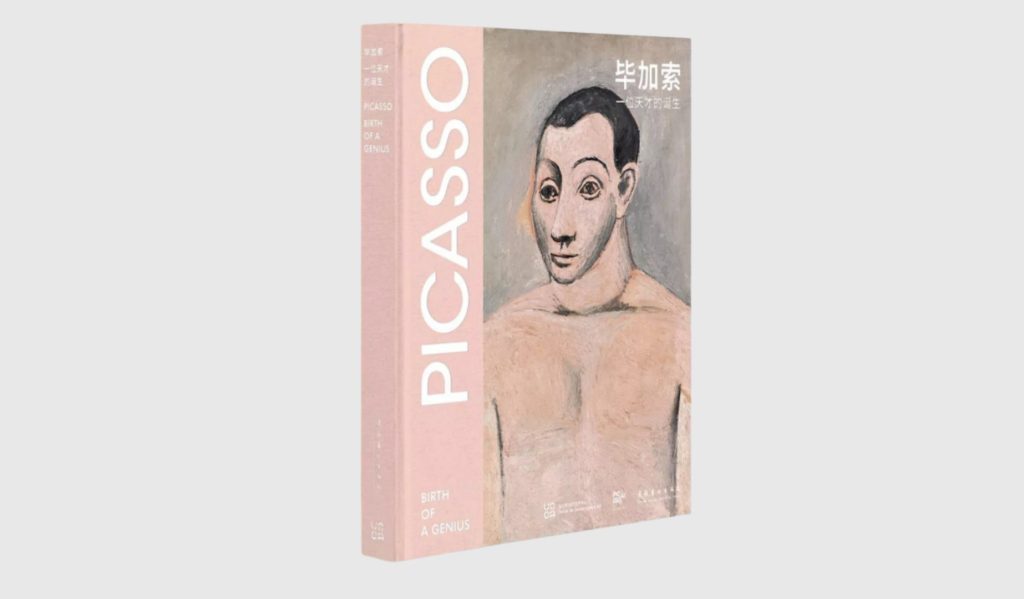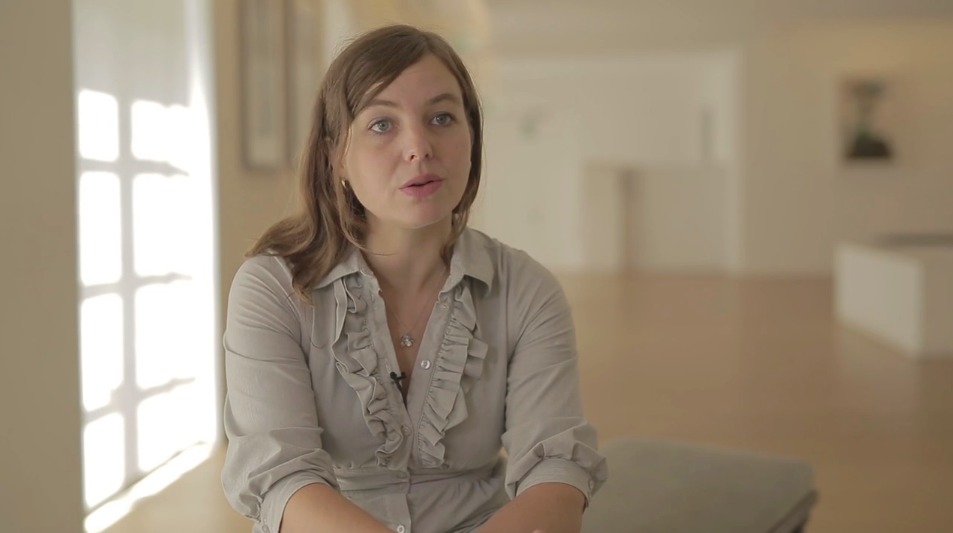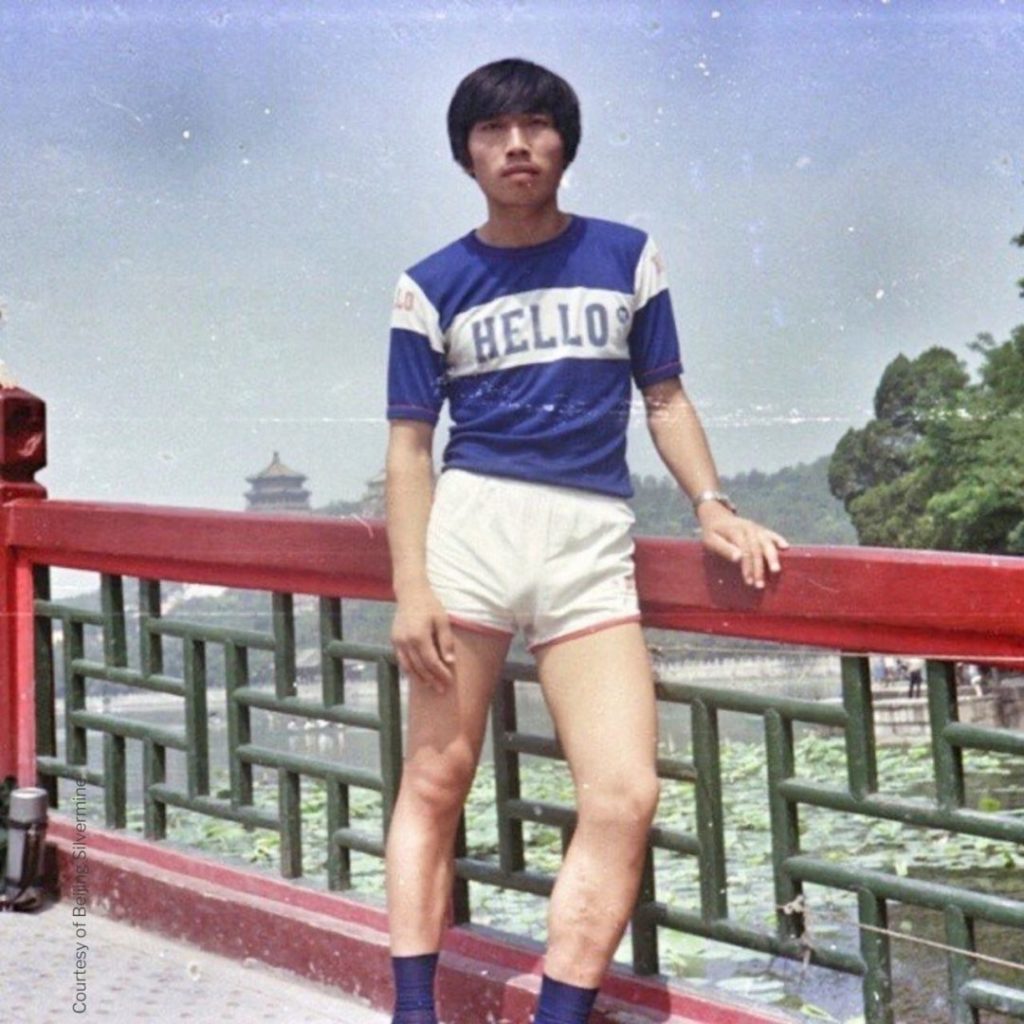Throughout his artistic career, Picasso experimented with diverse forms of expression. As a young artist, he discovered the world of the performing arts, and was particularly fascinated by circus and dance. He began collaborating with Serge Diaghilev in the 1910s, and designed the sets and costumes for several productions by the Ballets Russes, including Le Tricorne (1919), which is richly documented in the exhibition.
The dynamics of movement are featured in much of Picasso’s work as a painter, draftsman, and engraver, ranging from acrobats and the figure of Harlequin to cabaret dancers, from bacchanal scenes to traditional Spanish dance.
Parisian artist duo I Could Never Be A Dancer pays tribute to Picasso’s Mediterranean roots and the choreographic forms that inspired the artist. As a collage of different types of spectacle (circus, flamenco, urban dance), PePi (Performance Picasso) proposes to experience a 15 minute long performative Cubist deformation of how we perceive the body.
Watch the trailer of Performance Picasso
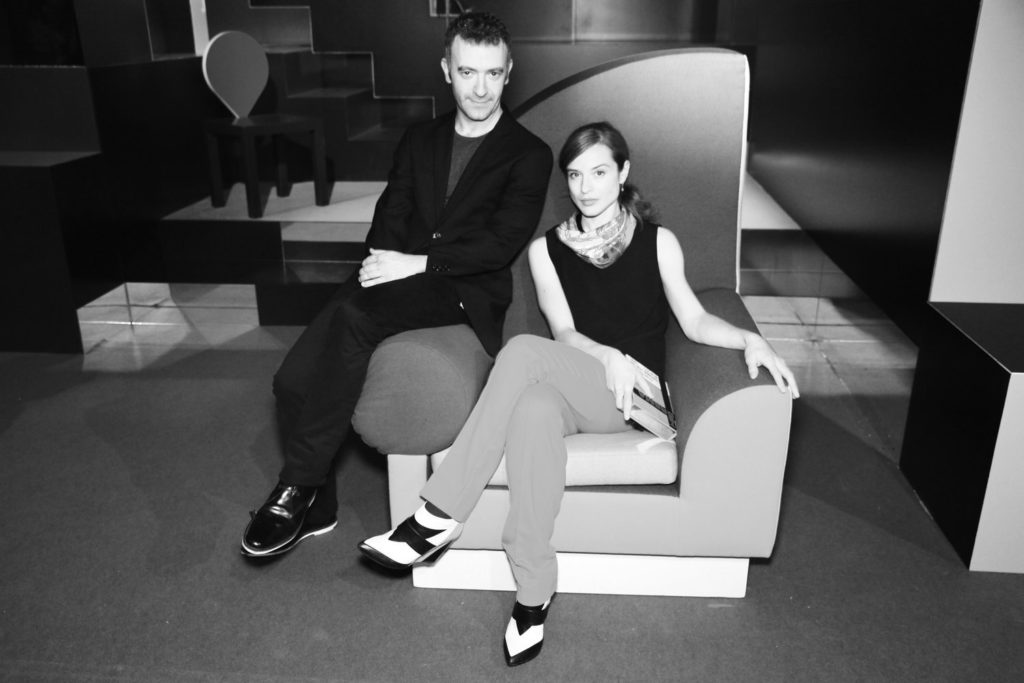
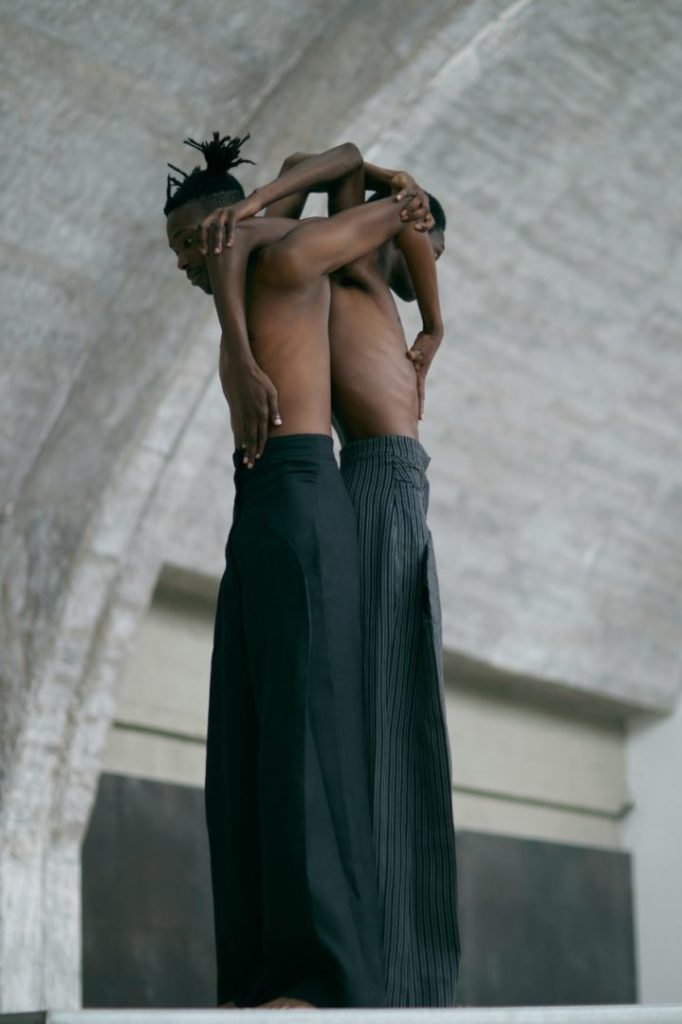
"PePi: Performance Picasso", Beijing, 2019.
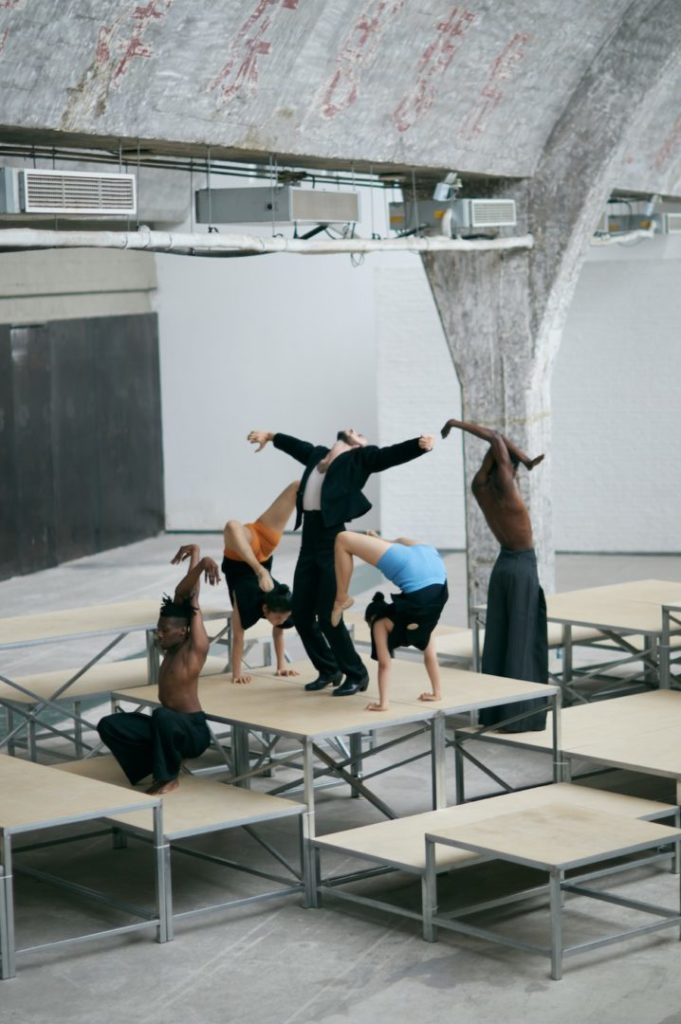
"PePi: Performance Picasso", Beijing, 2019.
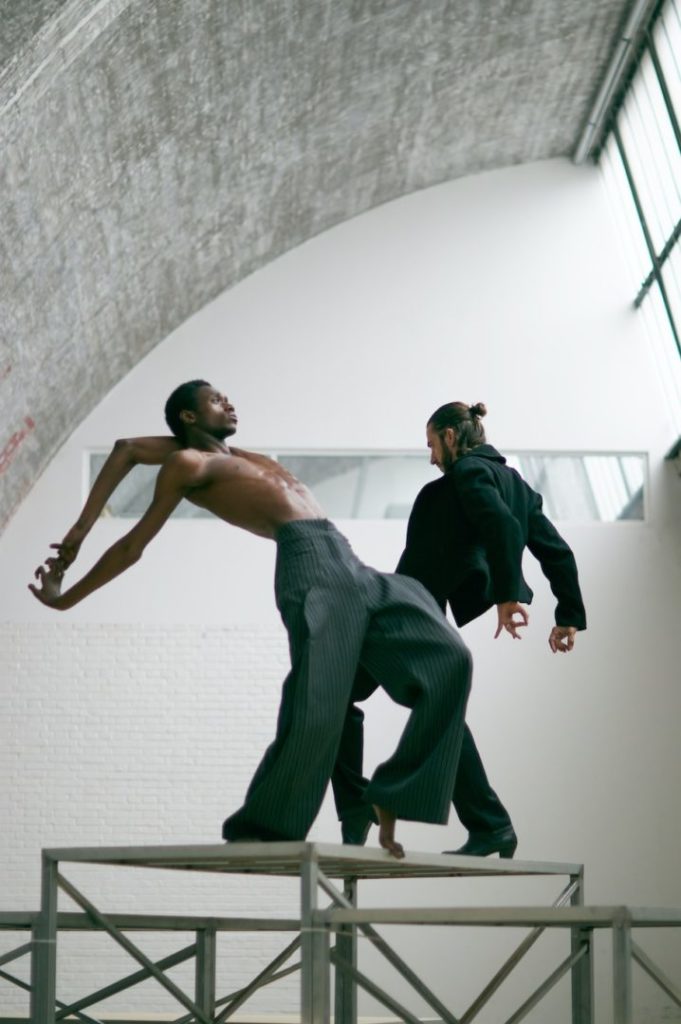
"PePi: Performance Picasso", Beijing, 2019.
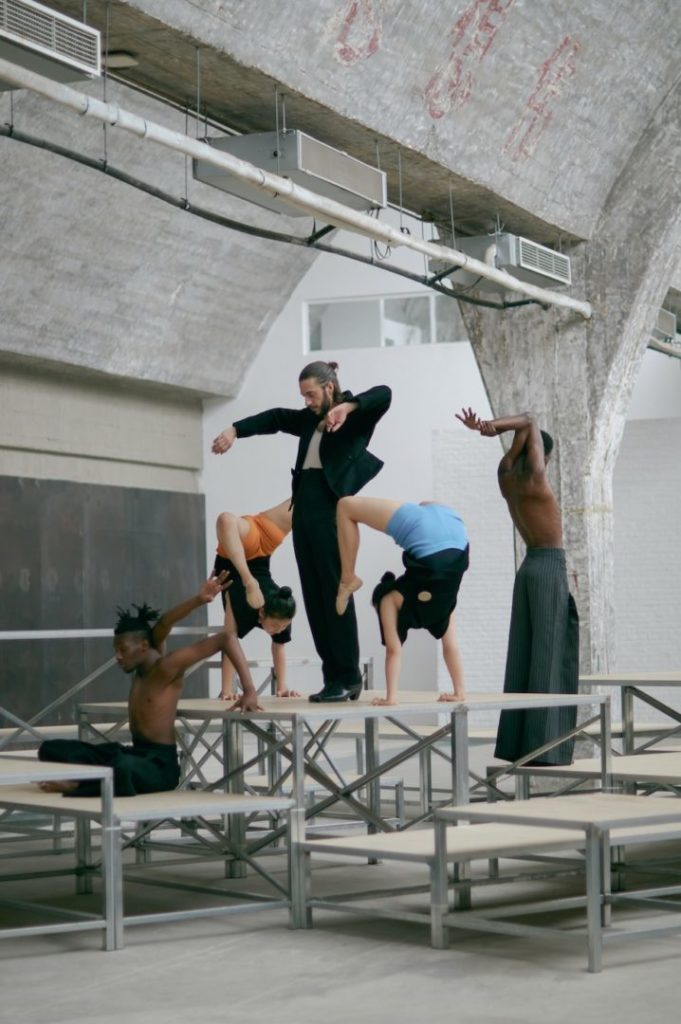
"PePi: Performance Picasso", Beijing, 2019.
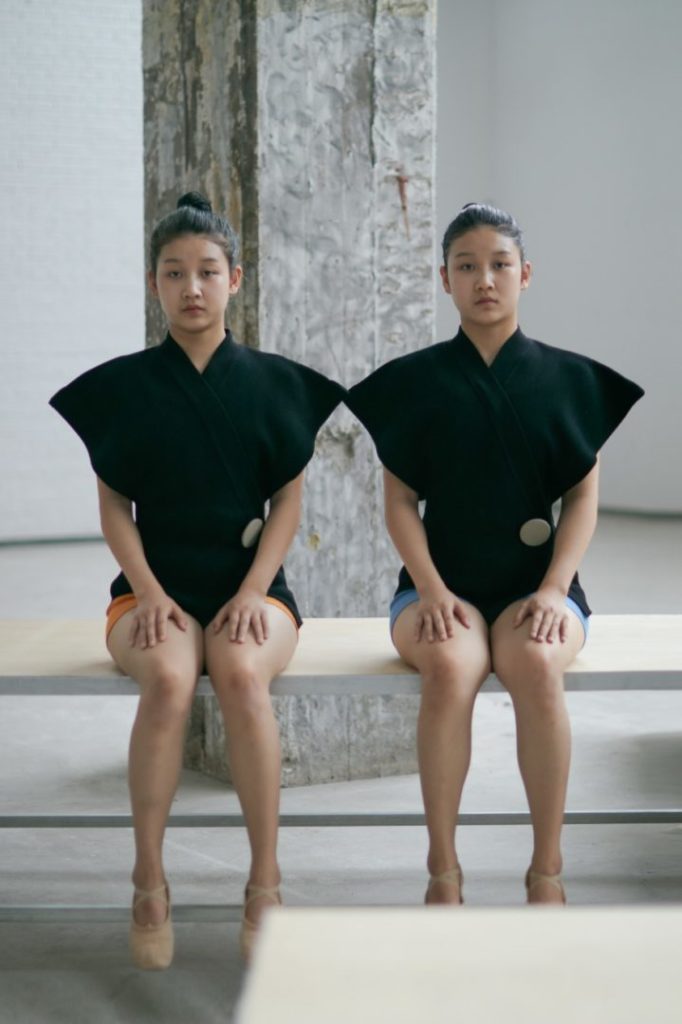
Shi Meiyu and Shi Meiru (acrobats)
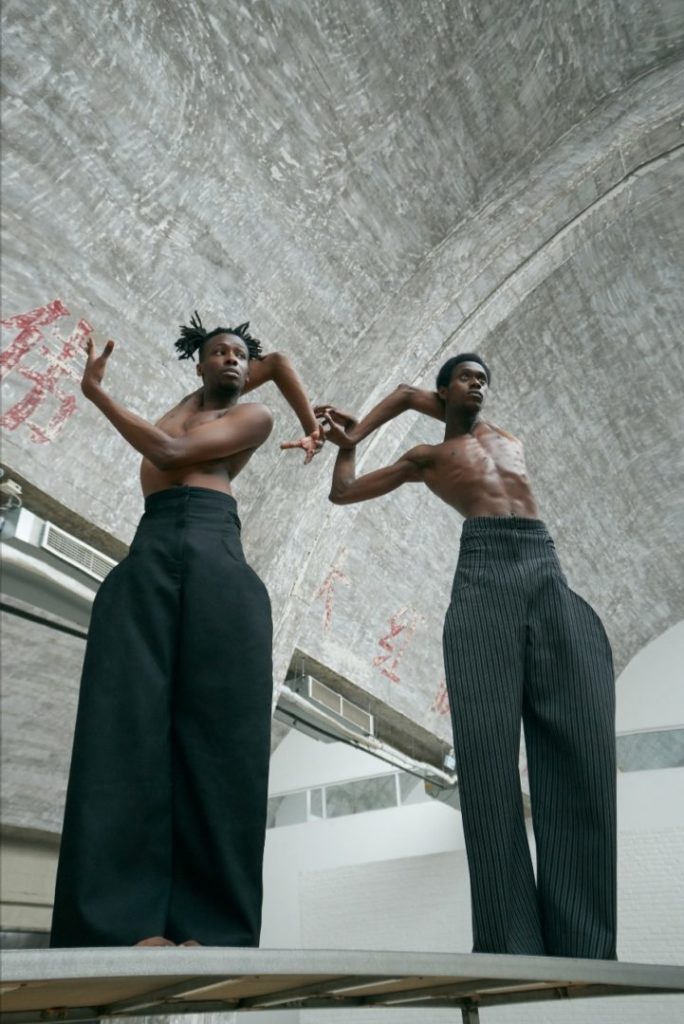
Mamadou Bathily and Taylor Chateau (bone breakers)
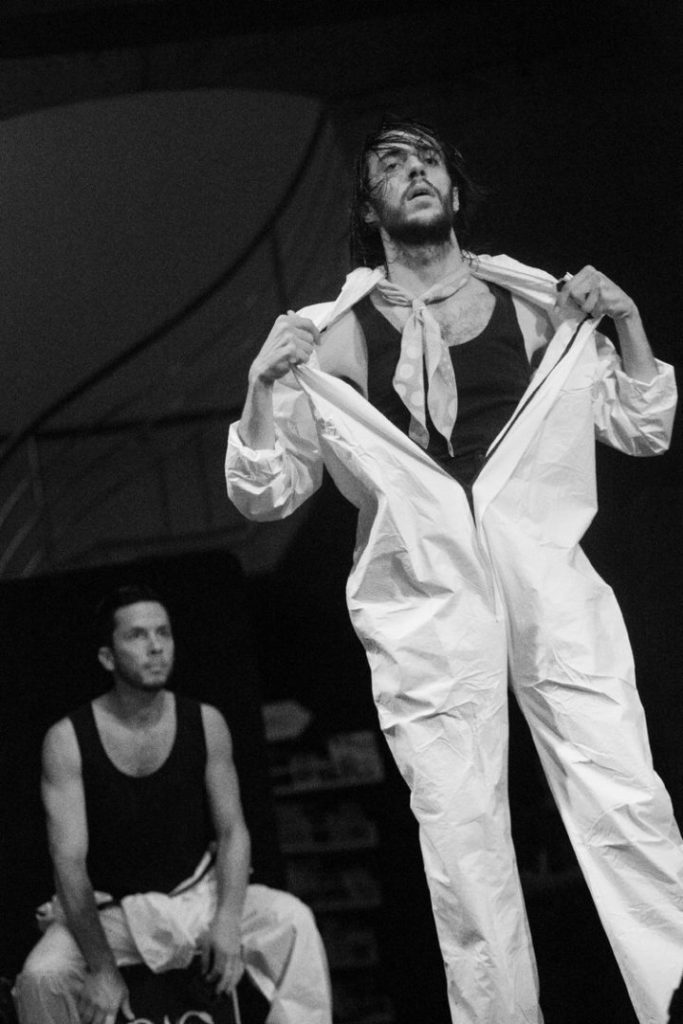
José Manuel Álvarez (bailaor) and Lucas Balbo (percussionist)

"PePi: Performance Picasso", Beijing, 2019.

"PePi: Performance Picasso", Beijing, 2019.

"PePi: Performance Picasso", Beijing, 2019.

"PePi: Performance Picasso", Beijing, 2019.

Shi Meiyu and Shi Meiru (acrobats)

Mamadou Bathily and Taylor Chateau (bone breakers)

José Manuel Álvarez (bailaor) and Lucas Balbo (percussionist)

